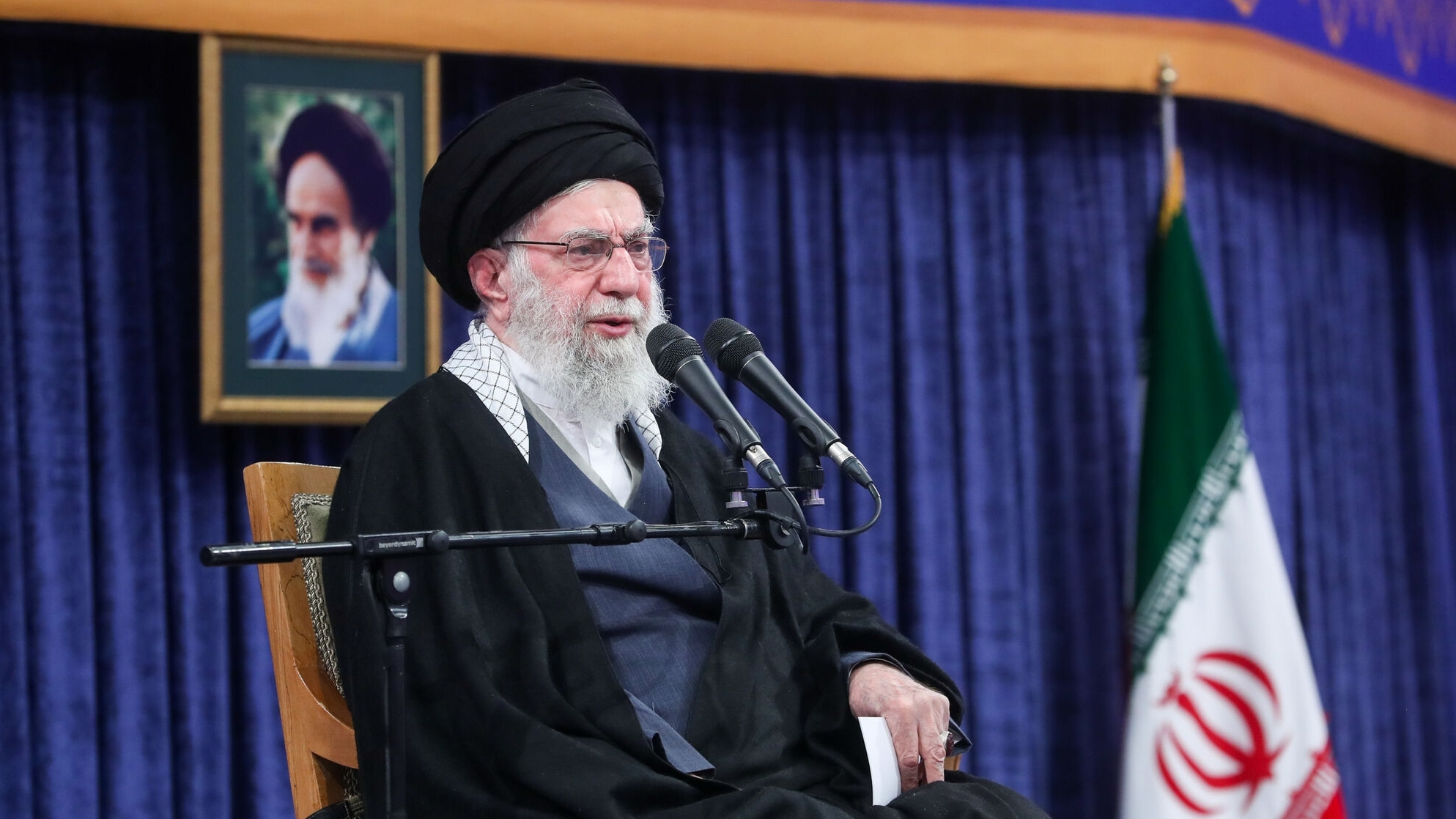The passing of the Concorde
The world’s only supersonic airliner, the Concorde, will be permanently retired this year. Why has so fabled a flier been so ignobly grounded?
Why was the Concorde built?
The Concorde was designed to usher in a new age of rapid and luxurious air travel. Conceived in 1956, it was a product of the early days of the space age, when futuristic technology seemed to offer limitless commercial promise. The Concorde was perfect for the emerging jet set: It whipped across the Atlantic in less than three hours at 1,350 mph, more than double the speed of its subsonic cousins. Its joint development by Great Britain and France also represented a crowning moment in postwar European relations. The plane first flew on March 2, 1969; regular flights, from London to Bahrain and from Paris to Rio de Janeiro, began on Jan. 21, 1976.
What was it like?
The Week
Escape your echo chamber. Get the facts behind the news, plus analysis from multiple perspectives.

Sign up for The Week's Free Newsletters
From our morning news briefing to a weekly Good News Newsletter, get the best of The Week delivered directly to your inbox.
From our morning news briefing to a weekly Good News Newsletter, get the best of The Week delivered directly to your inbox.
The Concorde was the ultimate status symbol in the rarefied universe of world leaders, tycoons, and celebrities. As they cruised at a height of 11 miles—twice that of normal jets—the Concorde’s 100 passengers could glimpse a breathtaking view of the curvature of the earth while sipping champagne and scarfing beluga caviar. They could hobnob with the likes of Princess Diana, Henry Kissinger, Tony Blair, Paul McCartney, or Elizabeth Hurley, regular customers all. The supersonic ride itself was exhilarating; passengers called the takeoff “a kick in the back.” “Flying at twice the speed of sound gives you a buzz,” said the rock star Sting, a passenger for two decades.
So what went wrong?
Though a triumph of engineering, the sleek, needle-nosed Concorde was a complete commercial flop. It sucked down twice as much fuel, needed up to twice the maintenance, and carried only a quarter as many passengers as a Boeing 747. The result was a staggering ticket price—as much as $13,000 for a round-trip transatlantic flight. After initial enthusiasm, major international airlines decided they had no use for the pricey planes. Great Britain and France had hoped to sell hundreds of Concordes, but in the end a mere 20 were built. British Airways and Air France operated them all, and only because their respective governments footed most of the bill.
Were there other problems?
A free daily email with the biggest news stories of the day – and the best features from TheWeek.com
The Concorde debuted at exactly the wrong time—during the environmental movement of the 1970s. Governments considered the Concorde to be ecological poison because it spewed huge amounts of nitrous oxide, which damaged the earth’s protective ozone layer. The plane was a flying testament to noise pollution; its four engines were so loud that no country would allow it to fly over land, except for arrivals and departures. Restricted to flying over water, the Concorde couldn’t even cash in on the lucrative transpacific market. Its maximum range was 4,500 miles, about 1,500 miles short of the hop from Los Angeles to Tokyo. By all accounts, the plane never recouped its original $4 billion investment.
Didn’t anyone see this coming?
The U.S. certainly did. During the 1960s, this country was locked in a race with Europe to develop the world’s first passenger jet capable of traveling faster than the speed of sound. But Boeing, which spearheaded the U.S. effort, threw up its hands when it concluded the venture could never make money. The federal government agreed, ordering a halt to all private supersonic-transport research in 1971. In hindsight, it was the right call. Since 1970, Boeing has built more than a thousand 747s and become an industry giant. Meanwhile, British Airways and Air France have lost tens of millions of dollars annually on the Concorde.
Were changing times an issue?
Undoubtedly. In a world where transatlantic business can be cheaply conducted via the Internet, Federal Express, and video conferencing, the Concorde was a white elephant. Over time, the plane’s novelty wore thin as well. “Yes, the food was gourmet and the Dom Perignon flowed like water,” recalled Eric Weiner of National Public Radio, but “the cabin was surprisingly cramped and the entire experience somehow felt rushed.” In the ’80s and ’90s, plummeting airfares and the rise of privately owned jets also eroded the Concorde’s cachet. “Private flying is what first class used to be,” travel industry consultant David Newkirk told The Washington Post, “first and business class is where the old coach used to be, and coach is replacing the Greyhound bus.”
How about safety concerns?
The Concorde was never exactly trouble free. Several times, the planes lost sections of rudder while in flight. Among the other problems were unintended fuel dumps, hydraulic glitches, and hairline cracks in the wings. Disaster finally struck on July 25, 2000, when Air France Flight AF4590 hit debris on the runway during takeoff, and crashed in the Paris suburbs two minutes later, killing 113 people. The Concorde never recovered; the fleet was grounded for more than a year, and minor problems continued even after the planes were retrofitted with new safety features. The terrorist attacks of Sept. 11, which crippled the entire airline industry, were the final straw. In recent months, the Concorde has routinely flown with 80 percent or more of its seats empty.
What happens to the planes now?
There are currently no plans to sell them to another airline, so it looks like all 12 remaining Concordes are slated for museums. Air France will suspend service on May 31; British Airways will follow on Oct. 25. The announcement of the great bird’s demise has spurred a mad rush for tickets, some of them now selling for less than $3,000 for a one-way trip. Few would disagree that it’s the end of an era. “With its going, we must lose some of the romance from aviation,” said Rod Eddington, British Airways’ chief executive. “You cannot retire such an aircraft without a tear in the eye.”
The jets of the future
-
 What is China doing in Latin America?
What is China doing in Latin America?Today’s Big Question Beijing offers itself as an alternative to U.S. dominance
-
 ‘One Battle After Another’ wins Critics Choice honors
‘One Battle After Another’ wins Critics Choice honorsSpeed Read Paul Thomas Anderson’s latest film, which stars Leonardo DiCaprio, won best picture at the 31st Critics Choice Awards
-
 Iran’s government rocked by protests
Iran’s government rocked by protestsSpeed Read The death toll from protests sparked by the collapse of Iran’s currency has reached at least 19